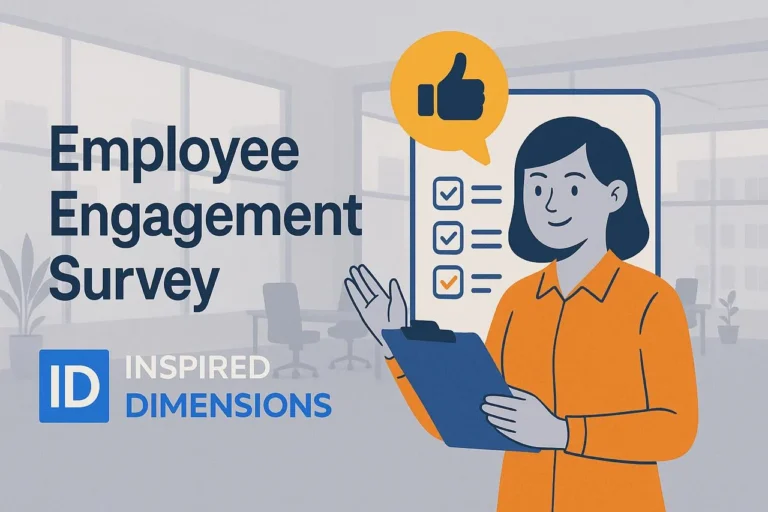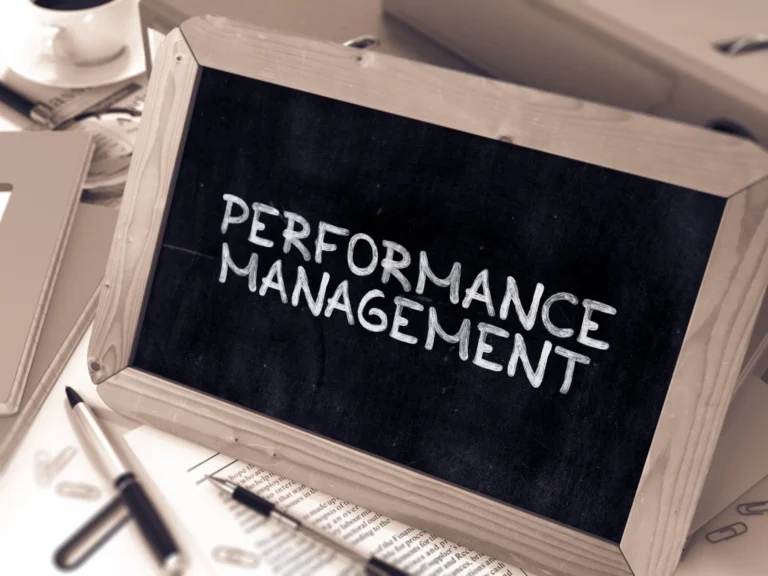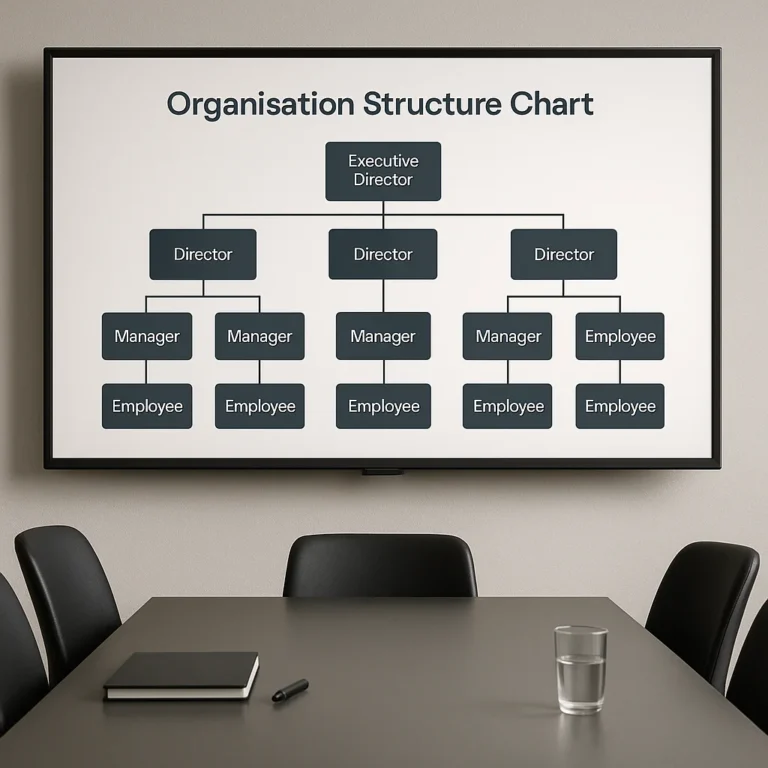
At Inspired Dimensions, we partner with our clients in developing and implementing impactful solutions to their Human Resources requirements.
We invest time and resources in knowing our clients, their business, the environment they operate and how we can support their strategic goals.
We are committed to ensuring successful implementation of our recommendations.

Our Experience
At Inspired Dimensions, despite being a new consultancy, we pride ourselves in a team with international experience at senior level management level. Experience for each of our consultant varies with focus mostly on Employee Reward, Performance Management, HR Governance, Reward Integration for M & A, Reward Consultancy, Benefits Management, Training and broader HR Management
Services
What we do

Compensation Strategy and Design
Design competitive compensation programs to attract, retain, motivate, and align employees focus with organisation's strategy.

Board Advisory Services
Expert advice on the board’s role in providing effective governance to overall compensation management.

Policy
Building a strong framework for decision making, authority levels, delegation and transparency.

Organisation Design
Structuring an organisation’s human capital, roles, processes, and systems to align with its strategy, goals, and operating environment.

Performance Management
Planning, monitoring, evaluation and rewarding employees in return for their contributions to the organisation achieving its strategic goals.
Confidential Employee Surveys
Administering employee surveys that collect honest feedback in a confidential manner, allowing organisations to obtain valuable information about their employees’ views across varying subjects.
Clients
Some of our recent engagements have been with the following organisations.







Connect with us today to get started!
Empower your workforce, elevate your business. Let’s build smarter HR solutions together — tailored to your people, your culture, your goals.
About
Our Values

Integrity
We uphold the highest standards of ethical conduct, ensuring transparency, trustworthiness, and confidentiality in all our interactions and solutions.

Excellence
We commit to delivering superior, impactful, and customized HR solutions, continuously striving for exceptional results that exceed client expectations.

Client-Centric
We build lasting partnerships through open communication, actively listening, and closely collaborating with clients to understand and meet their unique objectives.

Innovation
We foster a culture of creativity and forward-thinking, employing innovative methods and insights to provide tailored, effective, and strategic human resource solutions.

Our Values, Your Experience.
We’re committed to fostering a culture built on trust, respect, inclusion, and innovation.

Friendly Price Package
This is a short description elaborating the service you have mentioned above.
Most Affordable Co-Working Place In The City
A descriptive paragraph that tells clients how good you are and proves that you are the best choice that they’ve made. This paragraph is also for those who are looking out for a reliable co-working space. You can use a few enticing words and flaunt your capabilities that will attract future clients and encourage them to hire you right away. List down your expertise and experience to prove you are the best.
Membership Package
Dedicated Office Package

A space where insight meets inspiration.
Welcome to Our Thoughts, where we share perspectives, industry insights, creative ideas, and reflections on human resources practice. Whether we’re exploring new trends, dissecting challenges, or celebrating breakthroughs, this is where we think out loud, and we invite you to think with us.
Connect with us today to get started!
Empower your workforce, elevate your business. Let’s build smarter HR solutions together — tailored to your people, your culture, your goals.






